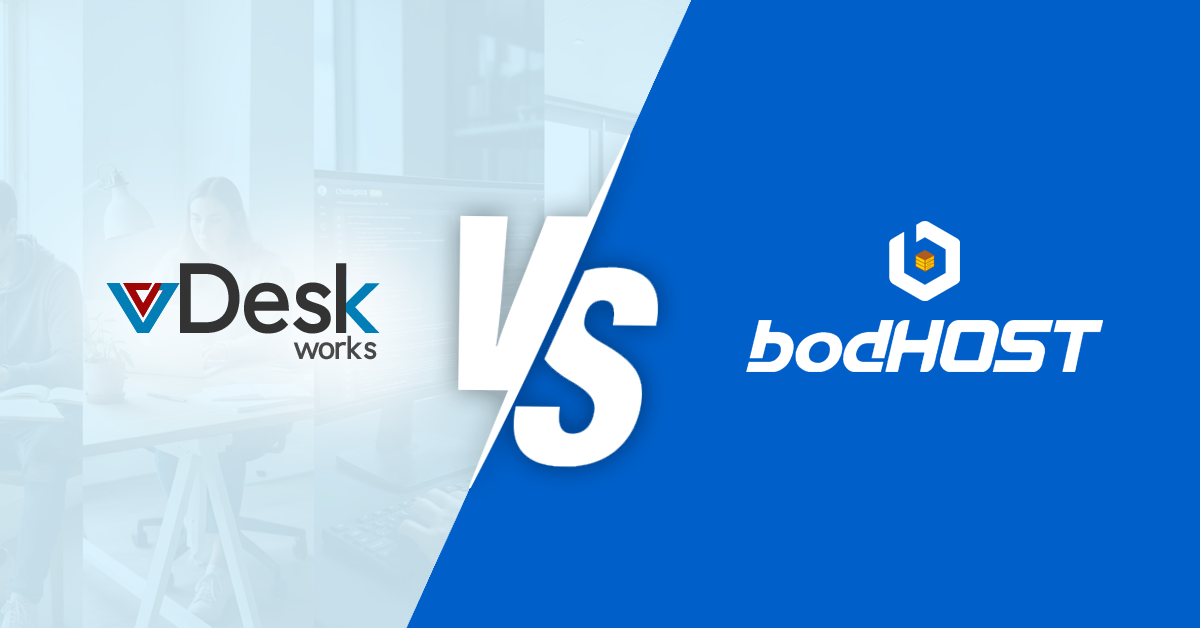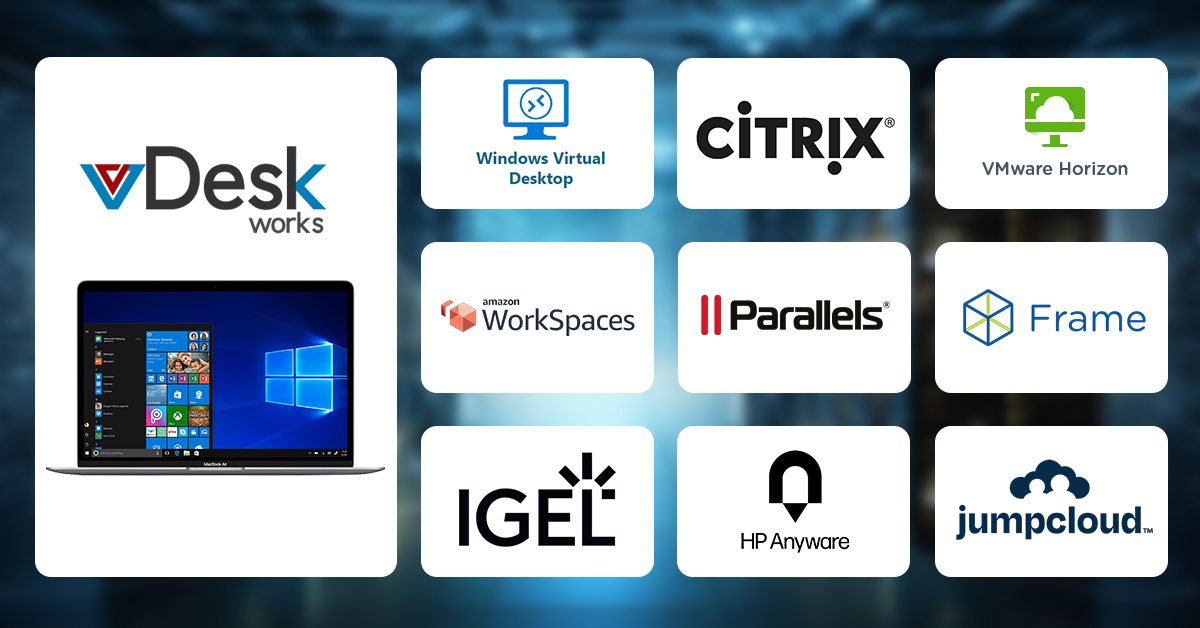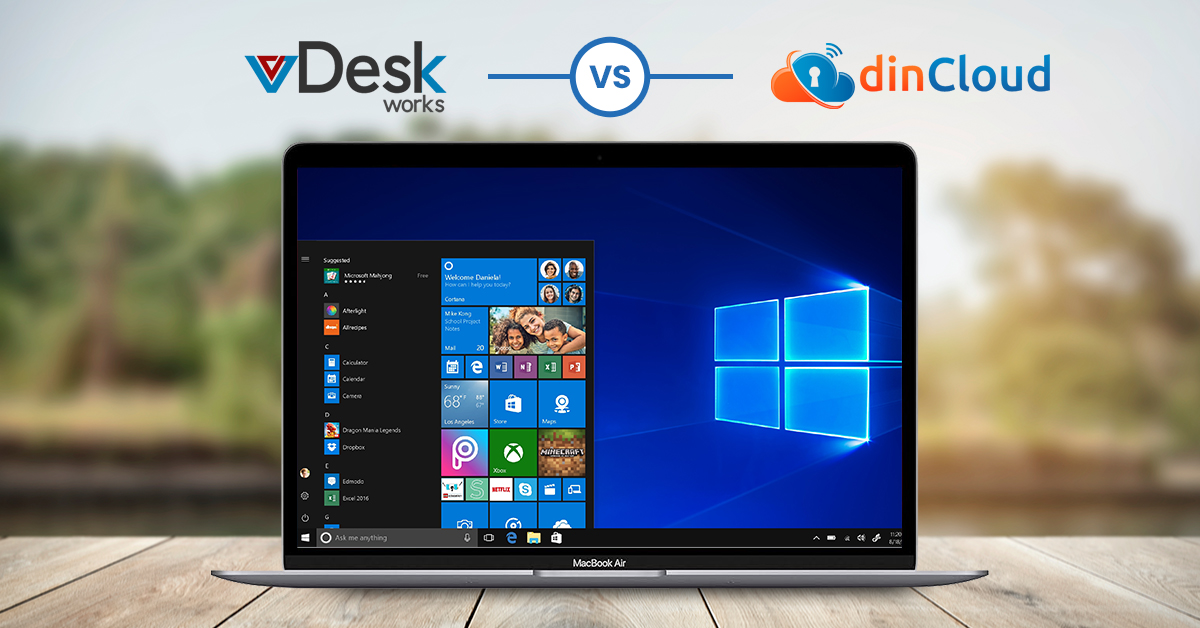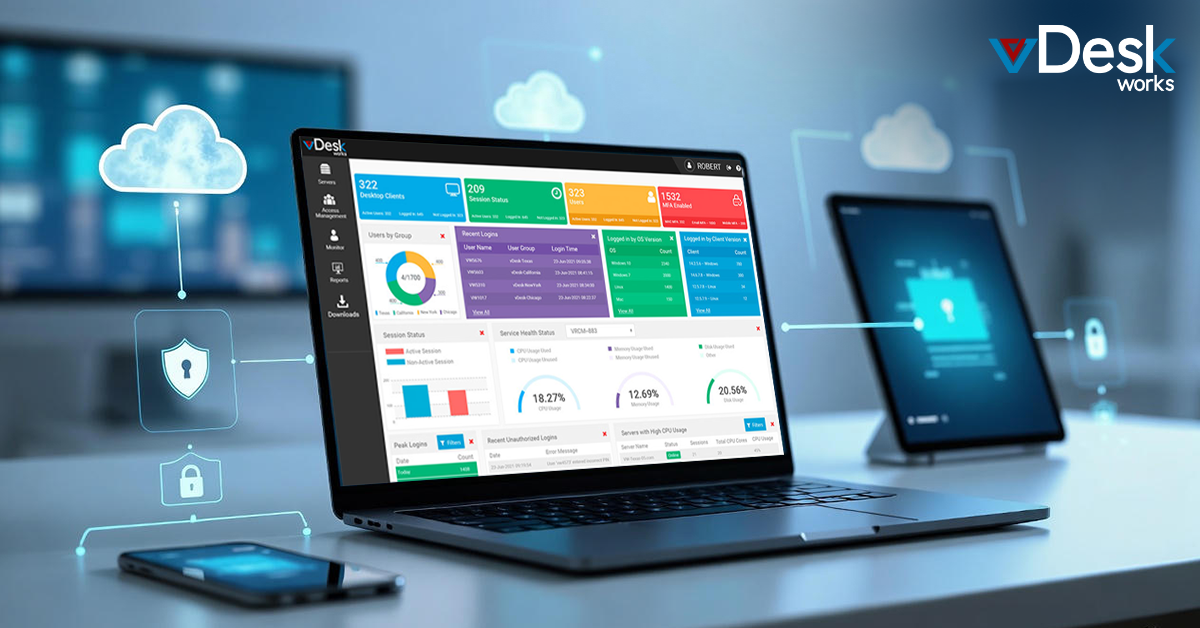What is Virtual Desktop Infrastructure (VDI)?
Virtual desktop infrastructure (VDI) is a kind of virtualization technology that hosts a desktop operating system on a centralized server in a data center. VDI is a change in the client-server computing model, sometimes referred to as server-based computing.
Back in 2006, VDI developed as an alternative to the old server-based computing model that was used by various Terminal Services.
What are the types of VDI available?
There are two major types of VDI available:- Persistent VDI - It provides a desktop image for each end-user, which can be customized and saved in a way for future use just like a physical desktop.
- Non-persistent VDI - It provides a provision of uniform desktops that end-users can access when needed. Non-persistent desktops get a revert to their original state every time the end-user logs out.
What are the benefits of using the VDI environment?
Benefits of using VDI environment.
Virtual desktop infrastructure is a desktop virtualization approach in which a desktop operating system like Microsoft Windows is deployed and managed via a data center. The desktop image is delivered over a network to an endpoint device, which allows the end-user to interact with the operating system and its applications similarly look like they were running locally. The endpoint device in use will be a traditional personal computer, thin client, or even a mobile device.
- VDI approach can have many benefits, depending on the type of VDI deployed. Because the computing takes place at the endpoint and IT departments may be able to extend the lifespan of unless old PCs by repurposing them as VDI clients. At the time of purchase of hardware, organizations can buy cheaper, less powerful machines.
- As all data lives in the data center and not on the endpoint, there are essential and meaningful security benefits of using the Virtual desktop infrastructure. Any theft incident of the system which is using VDI will produce only the hardware loss, not Data loss because there is no data on the machine.
What are the Challenges with the VDI environment?
- For persistent VDI Environment Capacity needs cost of storage calculation is becoming a challenge. It quickly gets out of control along with scalability cost challenges associated with Virtual desktop infrastructure.
- VDI's dependence on network connectivity represents another challenge in which end-users can't access their virtual desktops without a network connection. Weak connectivity with the internet can affect desktop performance. This problem is common with graphics-intensive applications and other software which require high processing and bandwidth.
- VDI can complicate software licensing and support. Especially non-persistent VDI causes issues because some licensing and support agreements do not allow for software to be shared among multiple devices and or users.
- The licensing and support part is complicated for the VDI environment, especially with a non-persistent VDI environment. Also, some licensing and support agreements do not allow for software to be shared for multiple devices or users.

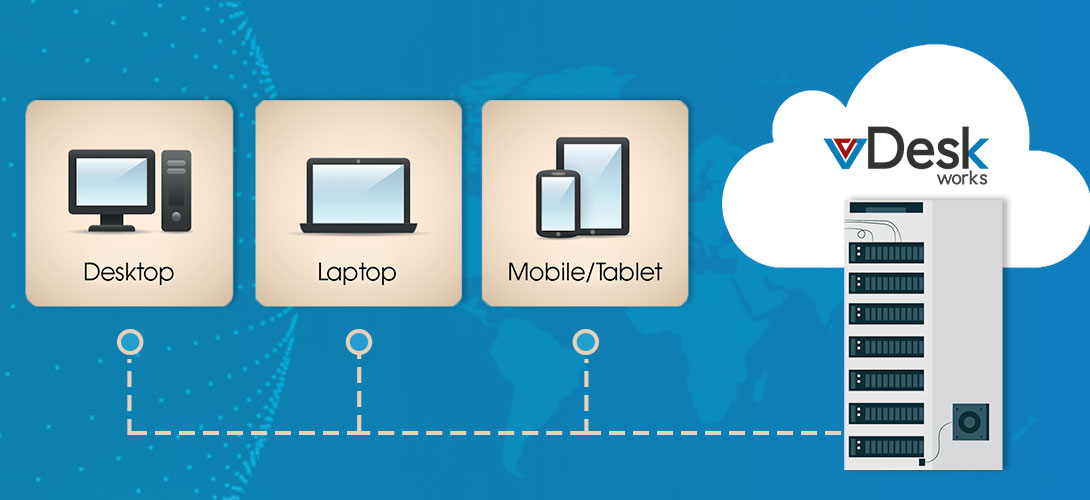
 Emma Carson
Emma Carson



